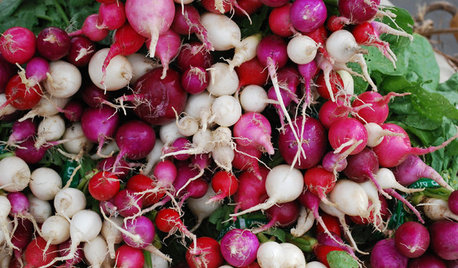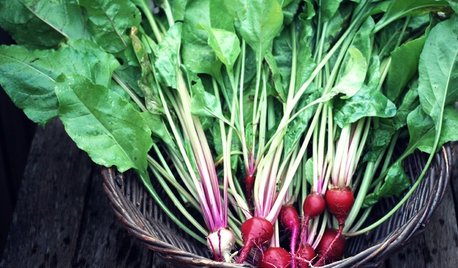SeedSavers.org?
ncage
17 years ago
Related Stories

COOL-SEASON CROPSCool-Season Vegetables: How to Grow Radishes
Fast growing and bright, these easy-care veggies are great for kids and bring plentiful color to a fall or spring garden
Full Story
EDIBLE GARDENS8 Last-Minute Additions to a Summer Edible Garden
It’s not too late to get these vegetables and herbs planted for a bountiful harvest this year
Full Story
EDIBLE GARDENSHow to Grow Your Own Sweet Summer Crops
This guide will help any gardener get started on growing the freshest warm-season veggies and berries for summer
Full StorySponsored






User
seattlecory
Related Professionals
Aurora Landscape Contractors · Bethlehem Landscape Contractors · Addison Landscape Contractors · Arlington Landscape Contractors · Fair Oaks Landscape Contractors · Framingham Landscape Contractors · Hilo Landscape Contractors · Hilton Head Island Landscape Contractors · Madera Landscape Contractors · Miller Place Landscape Contractors · Pompton Lakes Landscape Contractors · Riverhead Landscape Contractors · Washington Landscape Contractors · Watertown Landscape Contractors · Wethersfield Landscape ContractorsUser